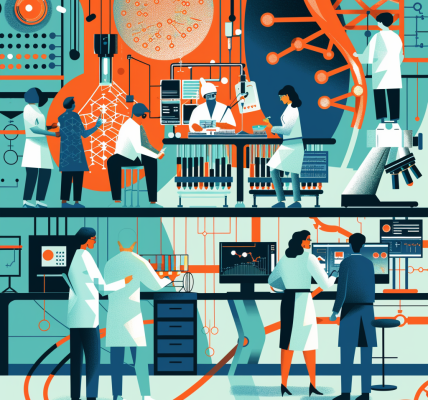Scientists at the Cleveland Clinic have made a groundbreaking discovery in understanding how the human herpesvirus 8 (HHV8) induces cancer. Their research has uncovered a key mechanism used by the virus to manipulate human enzymes and reshape the way cells produce nucleotides and process glucose, ultimately putting cells at a much higher risk of forming tumors and causing cancer.
The study, published in Nature Communications and led by Dr. Jun Zhao, reveals that HHV8 manipulates two human enzymes, CDK6 and CAD, to drive cell metabolism and proliferation. This discovery has significant implications as viruses are known to cause between 10% to 20% of cancers worldwide, and understanding how pathogens transform healthy cells into cancer cells can lead to the development of effective treatment options for virus-associated malignancies.
One of the most significant findings of the research is that existing FDA-approved breast cancer drugs were able to inhibit the specific pathway activated by HHV8, resulting in reduced virus replication, blocked lymphoma progression, and shrinkage of existing tumors in preclinical models. This suggests the potential for repurposing existing drugs to effectively treat HHV8-associated cancers, including Kaposi’s sarcoma, primary effusion lymphoma, and HHV8-associated multicentric Castleman disease.
HHV8, like other herpesviruses, often remains dormant in the body after primary infection and can reactivate when immunity is weakened, particularly in high-risk groups such as older individuals, those with HIV/AIDS, and transplant recipients. The active virus can then trigger aggressive and difficult-to-treat cancers. It is estimated that more than 50% of individuals in parts of Northern Africa are infected with HHV8, with rates potentially higher due to underdiagnosis resulting from the lack of symptoms.
These findings have broader implications beyond HHV8, as the knowledge gained from studying this virus can potentially be applied to other cancer-associated viruses that utilize similar mechanisms to induce cancer. The research opens up new possibilities for the development of targeted treatments for virus-induced cancers, addressing the underlying problem of the virus and offering hope for improved outcomes for patients with these malignancies.





